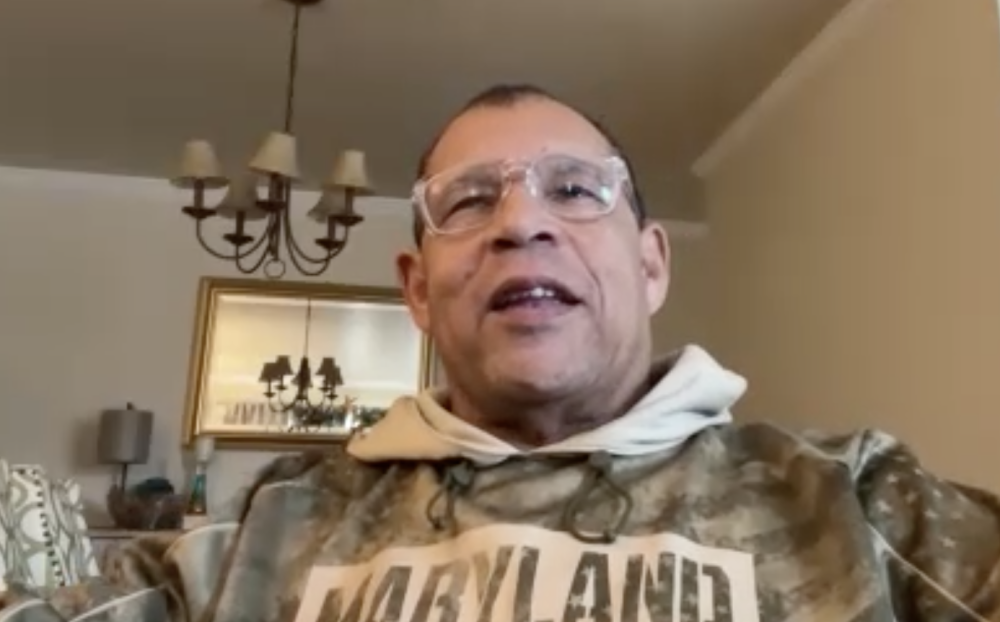We know the Orioles need another starting pitcher.
In an ideal world, they’d add two to help fill the void of free-agent departure Wei-Yin Chen — their most consistent starter over the last four seasons — and provide more assistance to a staff that finished 14th in the American League in starter ERA last year.
But even if executive vice president of baseball operations Dan Duquette does add a starter between now and the start of the season, refining from within will be paramount if the Orioles are to improve from the 81-81 record that left them on the outside looking in last October.
The starting pitching details from the end of 2015 are all too familiar by now.
Bud Norris was downright awful before finally being jettisoned in late July.
A declining strikeout rate (7.8 per nine innings in 2013 down to 6.2 last year) and a nightmarish 11.72 ERA in six starts against Toronto — his ERA against the rest of baseball was a respectable 3.84 — led to Chris Tillman’s worst ERA (4.99) since the 2011 season when he was still trying to establish himself as a major league pitcher.
Miguel Gonzalez had a shiny 3.33 ERA in his first dozen starts before a groin injury sent him to the disabled list in mid-June. He was never the same after that, posting a 6.53 ERA in his remaining 14 starts and going on the DL again in September.
For the enigmatic Ubaldo Jimenez, improved command and a greater reliance on his two-seam fastball led to a 2.81 ERA in the first half of 2015 before he relapsed with a 5.63 mark following the All-Star break.
And the Orioles are hoping that a full season in the starting rotation for the 25-year-old Kevin Gausman will allow him to take the giant step forward many believe he’s capable of.
It’s easy to say that manager Buck Showalter needs more from these four starters, but what about other factors impact their pitching results?
As discussed extensively at the end of last season, the defense performing more like it did in 2014 would go a long way in helping a starting rotation that largely pitches to contact. However, the man receiving the pitches is also an important factor in their results.
That’s where the discussion becomes complicated with Matt Wieters accepting the $15.8 million qualifying offer for the 2016 season. The three-time All-Star catcher is better than Caleb Joseph offensively, but is Wieters — who won Gold Glove awards in 2011 and 2012 — the best catching option for Orioles pitching at this point?
Not according to the 2015 numbers with the departed Chen included below:
| 2015 ERA pitching to Joseph | 2015 ERA pitching to Wieters | |
| Tillman | 3.51 in 77 IP | 4.88 in 83 IP |
| Gonzalez | 4.18 in 71 IP | 5.98 in 46 2/3 IP |
| Jimenez | 2.87 in 144 1/3 IP | 8.62 in 39 2/3 IP |
| Gausman | 4.07 in 59 2/3 IP | 4.38 in 51 1/3 IP |
| Chen | 3.67 in 108 IP | 3.18 in 65 IP |
To be clear, these numbers alone don’t prove anything conclusive as Chen was the Orioles’ top starter and the only one to find more success with Wieters than Joseph last year. There are plenty of other factors impacting pitcher performance in this breakdown such as the opponents and the ballpark. Wieters also received most of his work behind the plate in the second half of 2015 when Gonzalzez and Jimenez were out of whack, and it would be wrong to significantly attribute their struggles to the veteran catcher’s return.
With Wieters being another year removed from Tommy John surgery, it would be fair to assume he’ll be more comfortable with pitch-calling after not catching in the majors for over a year and still spending time rehabbing even after his return in early June. It’s not as though Tillman and Gonzalez weren’t successful working with Wieters in 2012 and 2013 when both had consecutive seasons pitching to ERAs well below 4.00.
But more and more data is quantifying pitch-framing and how important it can be to a staff’s success, and this is where Joseph has proven to be valuable over the last two seasons. According to Baseball Prospectus, Joseph ranked ninth in the majors in called strikes above average and 10th in framing runs among qualified catchers last season after ranking seventh in CSAA and ninth in framing runs in 2014 when the starting rotation was among the best in the league in the second half.
Simply put, Joseph positions himself and receives the ball so effectively that he receives more called strikes on borderline pitches than the average catcher.
In contrast, Wieters — who is listed to be two inches taller and 50 pounds heavier than Joseph — has been a below-average framer over the last few years after being a top 10 performer in that area early in his career. Before posting below-average framing numbers in parts of the last two seasons, Wieters ranked 25th in CSAA and 26th in framing runs in his last full season in 2013 and finished 13th in both categories in 2012.
When you have starters who mostly lack the electric stuff required to miss bats consistently, pitching along the edges of the strike zone becomes even more important than it already is. Stealing as many borderline strikes as possible may not turn a terrible pitching staff into a great one, but it can still go a long way over the course of a full season. This is how Orioles pitching would benefit having Joseph behind the plate more often than Wieters.
We’ll see how Showalter ultimately distributes the playing time, but all signs point to Wieters being the primary catcher and that wouldn’t be surprising given the steep financial commitment being made to him for the 2016 season. This will likely provide a boost from an offensive standpoint, but you hope the hidden cost won’t be too harmful to a starting rotation needing all the help it can get if the Orioles are to jump back into serious contention after their first non-winning season since 2011.
Ultimately, the Orioles need better performance from their incumbent starting pitchers and that responsibility mostly falls on their shoulders, but effective framing and stronger defense would further augment the strides they hope to make in 2016.


























